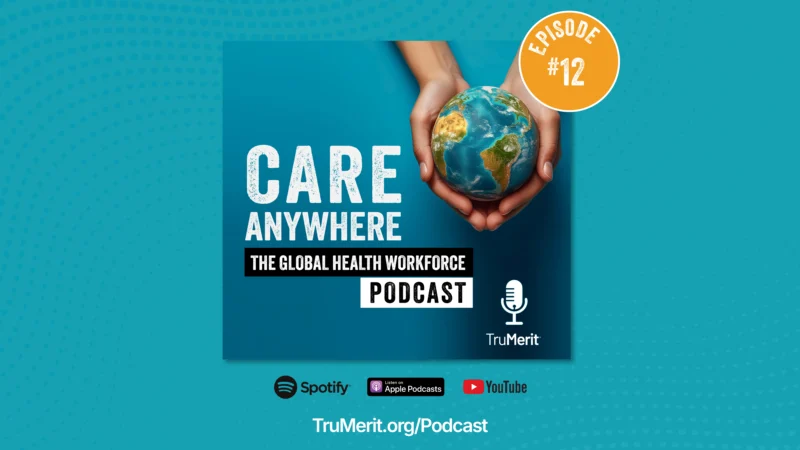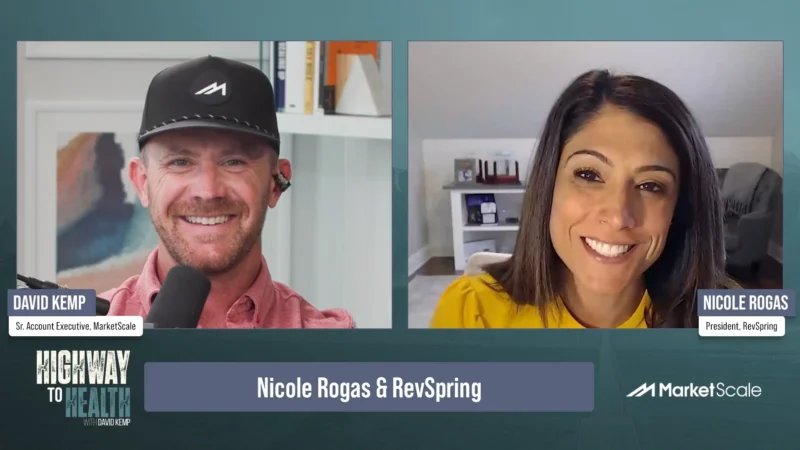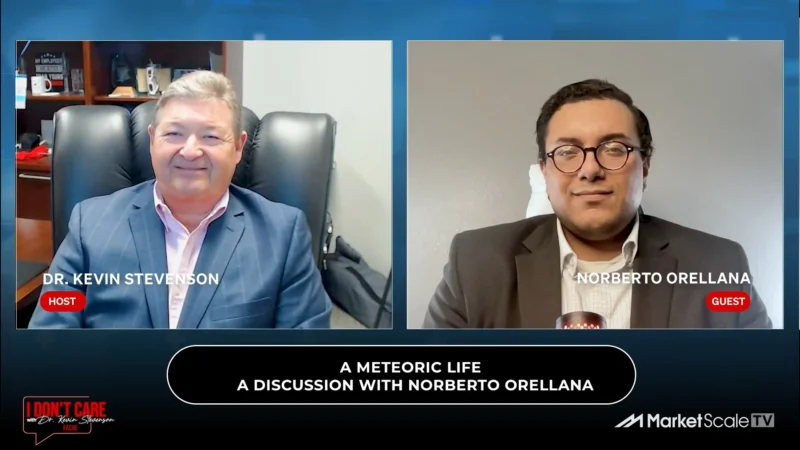Carevive at ViVE 2023 Q+A
Carevive’s presence at the ViVE conference was marked by John Elliott, the VP of Sales, discussing their exciting initiatives and insights. With a focus on remote symptom pathways and standardizing responses to severe symptoms in oncology patients, Carevive’s commercial product garnered attention for its potential to optimize care team practices and address nurse staffing shortages. Looking ahead, John reflected on previous engagements at notable healthcare conferences and highlighted the ongoing conversations surrounding the enhancement of the oncology care model and the transition from the OCM model to a two-sided risk model. The anticipated outcomes and efficiencies to be captured under this new model and the valuable data collected will provide insights and learning opportunities for Carevive and the oncology community.
Showcasing Remote Symptom Pathways:
Carevive’s commercial product, developed on their electronic patient-reported outcomes platform, offers a standardized approach to managing symptoms in oncology patients. By considering patient diagnosis, demographics, treatment, and symptoms, care teams can provide appropriate responses, ensuring standardized and efficient care delivery. This system becomes particularly relevant in the current context of nurse staffing shortages, allowing care teams to practice at the top of their license and provide optimal care to patients.




